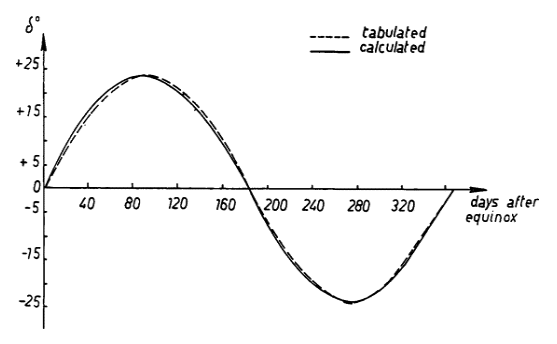TLDR: Not far, only about 1/200th of the way.
We need a few assumptions here, but I think we can work this.
If all of Earth's interior were replaced with air, Earth would have so little gravity that all of the atmosphere would immediately fly off into space, so let's assume there is a brick in the dead center with the correct density to keep the mass of the Earth the same.
As we move down through the atmosphere and into the middle, the density of air is going to increase. Engineering ToolBox has a nice equation to estimate air pressure, but breaks down pretty quickly if the elevation is too large and negative, so I grabbed Jupiter's info to get a sense of the pressure, and scaled that back against the mass of Earth compared to Jupiter to get a core pressure of approx 14080391 kPa (which sounds like alot, but Jupiter is about 1000x that, so I think we're ok), and then fit a log curve to it so that we get intermediate pressures.

Here is the same graph, zoomed in to display pressures near 0 elevation.

There are some nice absorption data generated by some university researchers you can find at this link to a pdf of their paper that we can use with our newly found pressure curve and ideal gas law to estimate absorption, which we can fact check at sea level with NASA's estimate to see how close we are.
Using that data, we find that 1% is absorbed by about 22 km elevation, and we are about 31% absorbed by sea level, and NASA states its 23%, so the rough math is close enough.
So, moving down to the interior of the earth, only 1% of the original light remains by 40km below sea level (about 0.5% of the way to the middle), only about 1 billionth of the light remains at 120 km below sea level (about 2% of the way to the middle), and only 1 in 8.7396*10^87 remains by the time it reaches the middle.
Here is a plot of the fraction of light remaining (log) vs the elevation, which shows about what we expected, that very little is absorbed at the very beginning, but rapidly ramps up as density increases.

Jumping onto the points made by @jeffronicus, @Daron and @JBH above, the vast majority of the day, no light would even illuminate the inside of the hollow Earth.
Given that the Earth's crust is approximately 20 km thick, and assuming this hole is punched on the equator to maximise the amount of sun light that gets in, only angles of incidence between positive and negative 0.57 degrees will shine into the middle of the ball through your described 200m diameter hole, which is about 4 and half minutes a day, or about 0.3% of the time.

As pointed out by @AlexP in the comments, that is the maximum amount, and only happens on the equinoxes, the majority of the year the sun never passes within 0.57 degrees of zenith. Checking a table from Solar Energy Conversion (they have a table with actual values), we find the sun indeed only passes that close to zenith two days a year, once ascending, once descending, so only two days a year get any light, and only 4 and half minutes of it, so of the total time only about 0.002% of the time does the sun even illuminate some part of the bottom of the opening.






